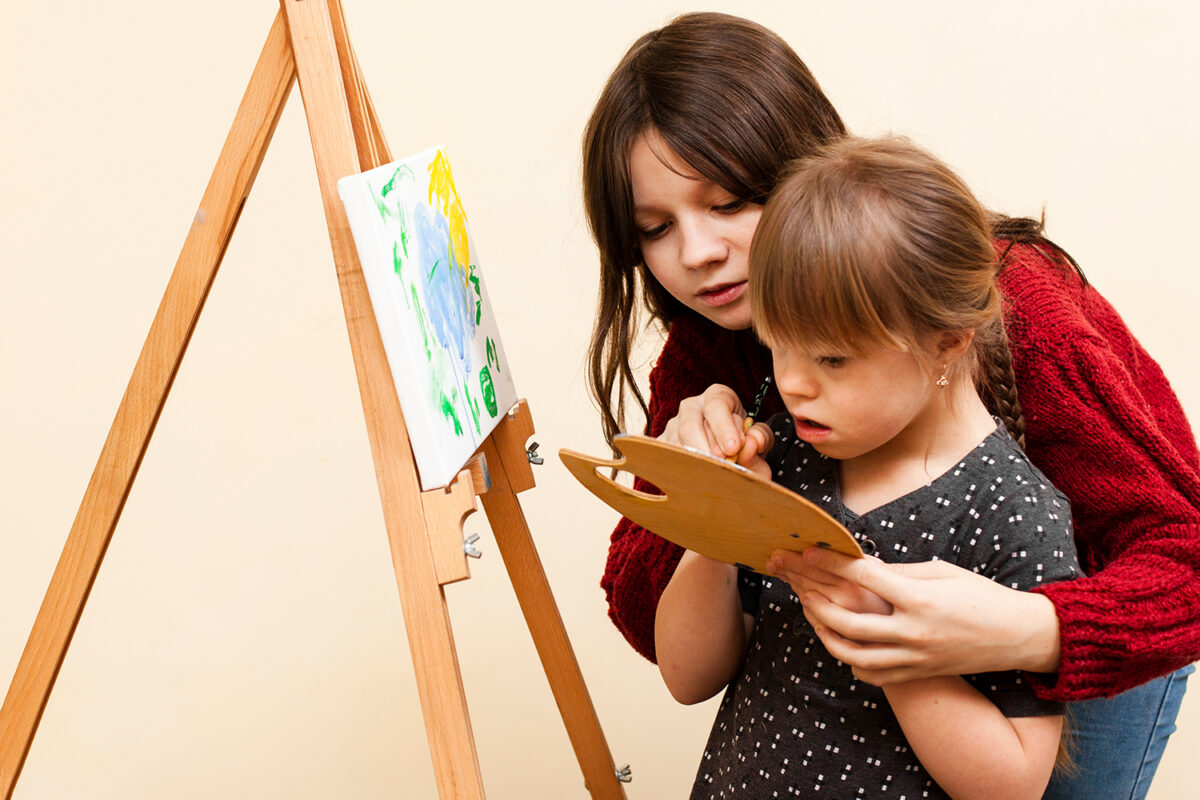Cerebral Palsy: What is Cerebral Palsy & How it is affecting kids?
what is Cerebral palsy (CP)?
Cerebral Palsy is a term used to describe a problem with movement and posture that makes certain activities difficult. It is otherwise known as Little’s disease, which is a common childhood disability disorder with dominated spasticity. Cerebral Palsy does not have a single cause like chickenpox or measles. There are many reasons why someone might have cerebral palsy. An unborn child might have suffered a brain injury, an infection, or abnormal development of the brain tissue. These are called “prenatal” causes, meaning they happened before birth. These causes are responsible for about 70% of the cases of cerebral palsy. Another 20% of cerebral palsy cases are caused by a brain injury that takes place during the birthing process (i.e., prenatal & Postnatal). There is no complete cure for the disease. Cerebral palsy is a congenital disease but is diagnosed probably later. it’s the most common lifelong physical disability in the world. There’s no single cause of cerebral palsy, though prematurity and stroke are two of the biggest causes. It is estimated that two out of every 1,000 new-born children will develop cerebral palsy. And approximately 40% of those born with cerebral palsy will have a severe case.
There are many risk factors for cerebral palsy. They can include:
- Premature (early) birth
- Low birth weight
- Blood clotting problems
- Inability of the placenta to provide the developing fetus with oxygen and nutrients
- RH or A-B-O blood type incompatibility between mother and infant
- Infection of the mother with German measles or other viral diseases in early pregnancy
- Bacterial infection of the mother, fetus or infant that directly or indirectly attack the infant’s central nervous system
- Prolonged loss of oxygen during the birthing process
- Severe jaundice shortly after birth
Some of the early signs and symptoms that parents can notice in children are
- Can’t sit up or independently roll over by 6 months
- Feeding or swallowing difficulties
- Preference to use one side of their body
- Muscle spasms or feeling stiff
- Poor muscle control, reflexes, and posture
- Low muscle tone
- Unable to hold up its own head while lying on their stomach or in a supported sitting position
- Delayed development
- Holding own head up when lying flat in a bed at 3 months
- Sitting and rolling over by 6 months
- Not walking by 12-18 months
- Not speaking simple sentences by 24 months
In children it affects movement, coordination, muscle tone and control, reflexes, posture, and balance. Although the brain of toddlers/children with cerebral palsy remains injured, the injury does not get worse as they develop. Depending on the level of severity of their cerebral palsy, toddlers and children may experience difficulties with their physical development.
At Jeevaniyam we follow the Kottakal protocol for CP developed by Dr Dinesh KS, Head of the department of Kaumarabhruthya, Kottakal Ayurveda Medical college. It includes symptomatic management and conservative management. Our team of doctors & specialists check if your child is not reaching these milestones, or they display some of the signs of cerebral palsy. We can conduct an assessment as early as a 3 month old child. Early intervention & training helps the child to improve remarkably on their social skills and daily life activities from a very young age.

